14 Tips for Staying Connected Without Breaking the Bank

Whether you’re hopping across Europe or just trying to save on your phone bill, staying connected doesn’t have to mean spending big. With a little planning and smart tech choices, you can easily message loved ones, check maps, or scroll social feeds without racking up costs. From local SIMs to offline apps and clever data-saving hacks, these 14 practical tips will help you stay online while keeping your travel or daily budget intact, so you can focus more on exploring and less on finding a signal.
Use Free Wi-Fi Strategically
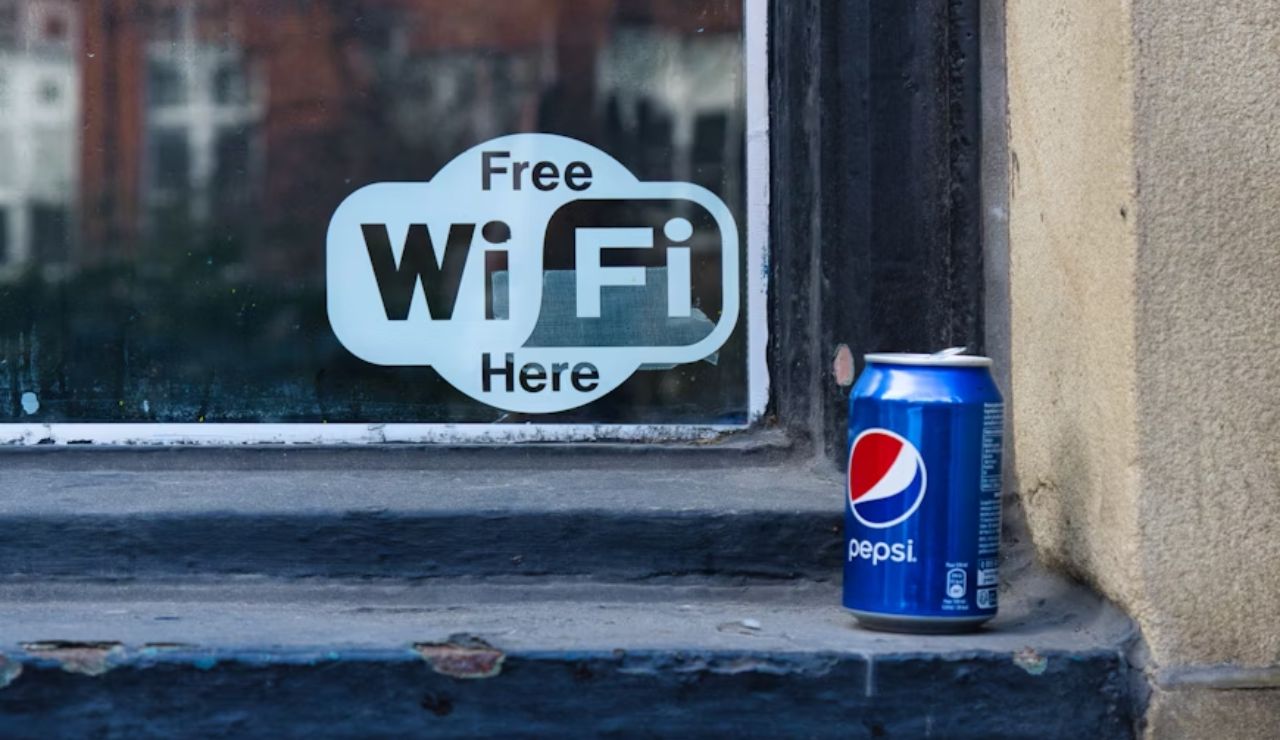
Free Wi-Fi is available in many cafés, airports, libraries, and hotels, but not all networks are secure or reliable. Use apps like WiFi Map or Instabridge to locate hotspots with decent speeds and safety ratings. Always protect your data by using a VPN before logging into any personal accounts. Download key information while connected, and avoid entering sensitive info unless you’re on a trusted, secure connection.
Buy a Local SIM Card
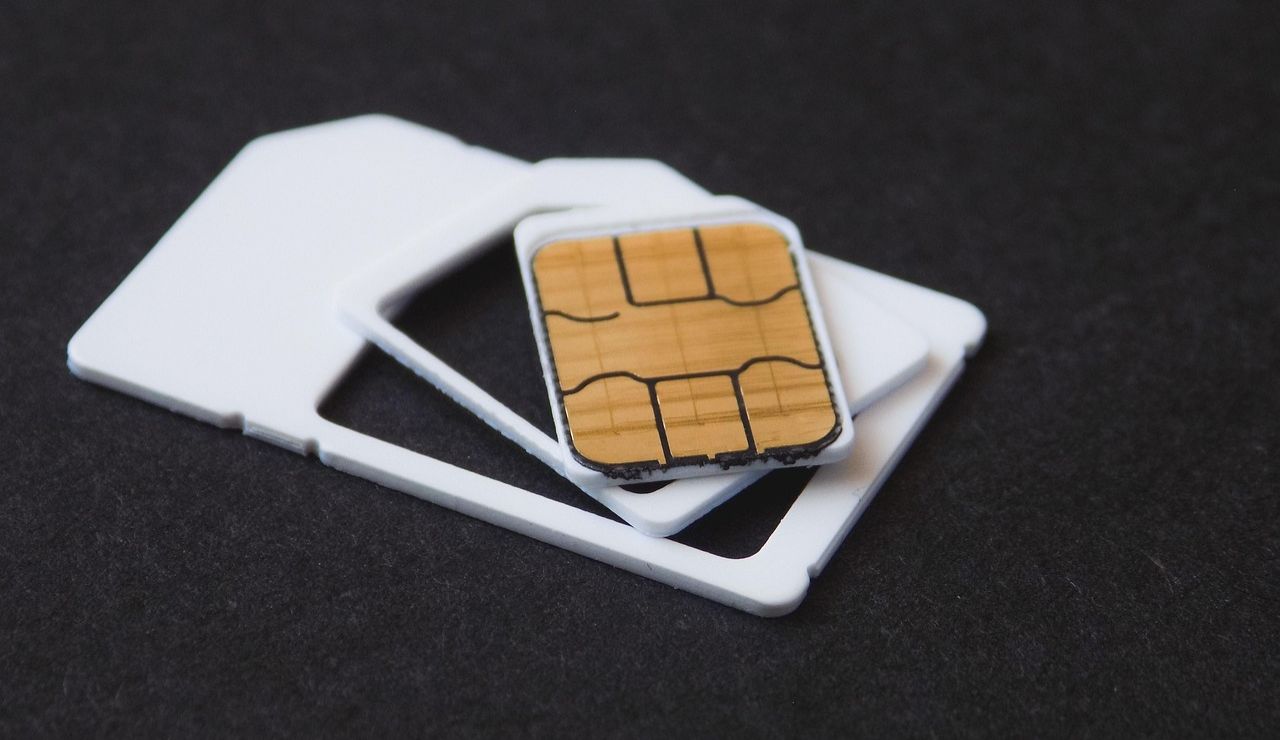
Local prepaid SIM cards are often cheaper and more efficient than international roaming. As soon as you land, head to a convenience store or telecom shop, not the airport, for the best deals. Most SIMs come with generous data plans and local call minutes. Be sure your phone is unlocked before traveling. This tip alone can slash your mobile bill while giving you stronger, more stable service in the country you’re visiting.
Use eSIM Services
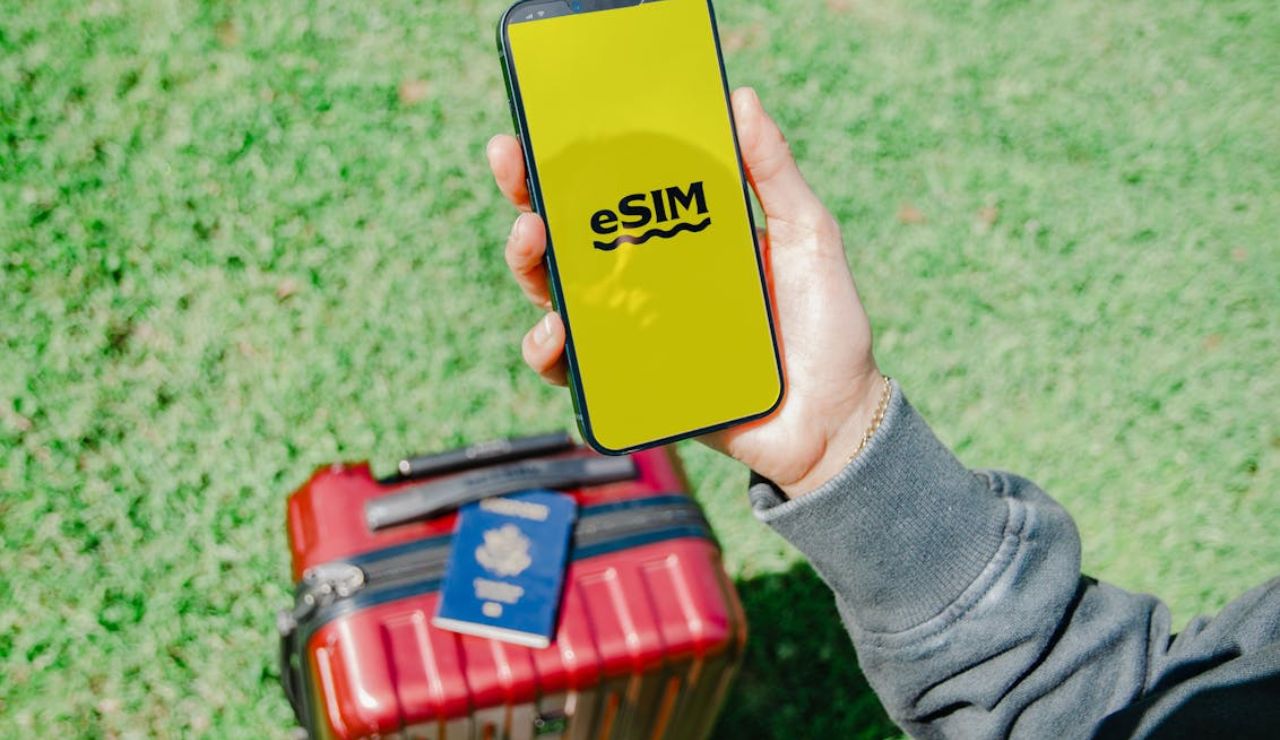
If your phone supports eSIM technology, you can skip the hassle of physical SIMs entirely. Platforms like Airalo, Holafly, and Nomad offer region-specific or global data packages that activate instantly. These are perfect for travelers visiting multiple countries or landing after hours when shops are closed. It’s a convenient and budget-friendly way to stay online, and you can even switch between providers without swapping cards.
Use Data Compression Apps
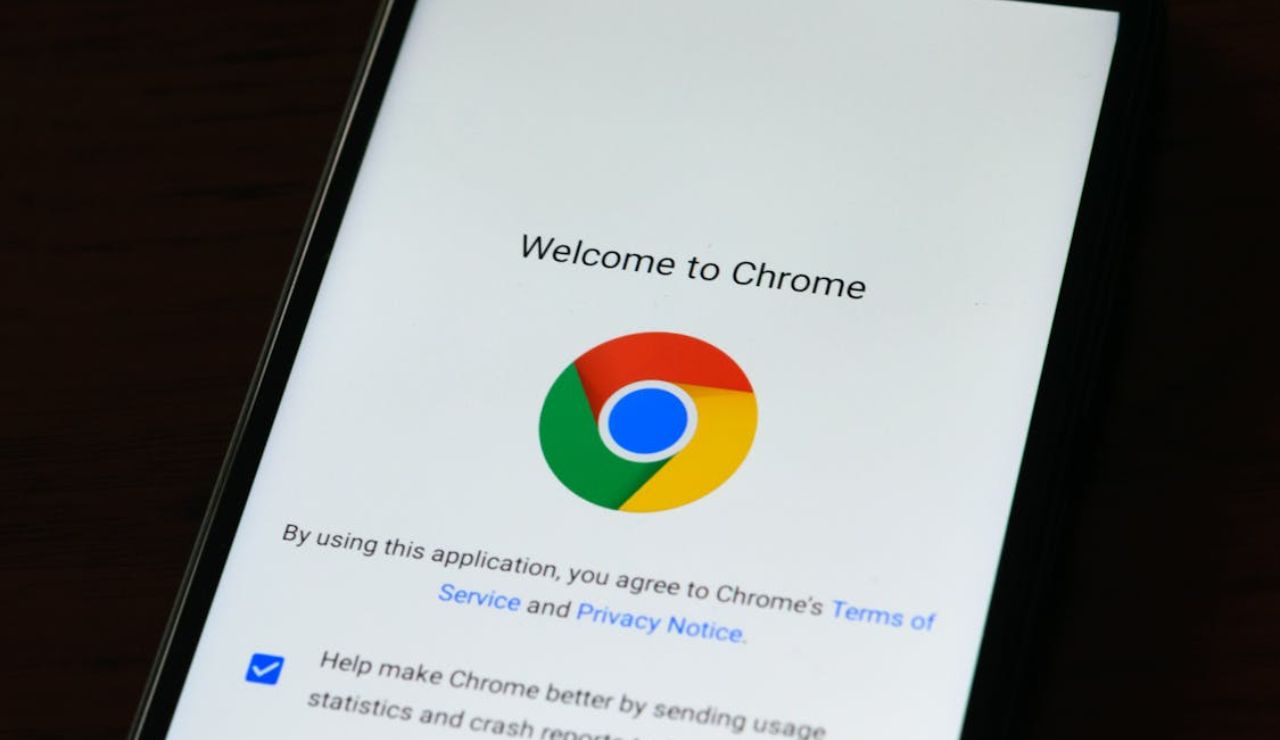
Apps like Google Chrome (with Lite Mode) or Opera Mini compress web pages and images, reducing the amount of data you use while browsing. These tools are perfect when you’re relying on limited data abroad. Some VPNs also offer built-in compression to help stretch your usage further. It’s a smart way to still browse the web efficiently without burning through your plan, especially when checking travel info or social media.
Download Offline Maps and Apps
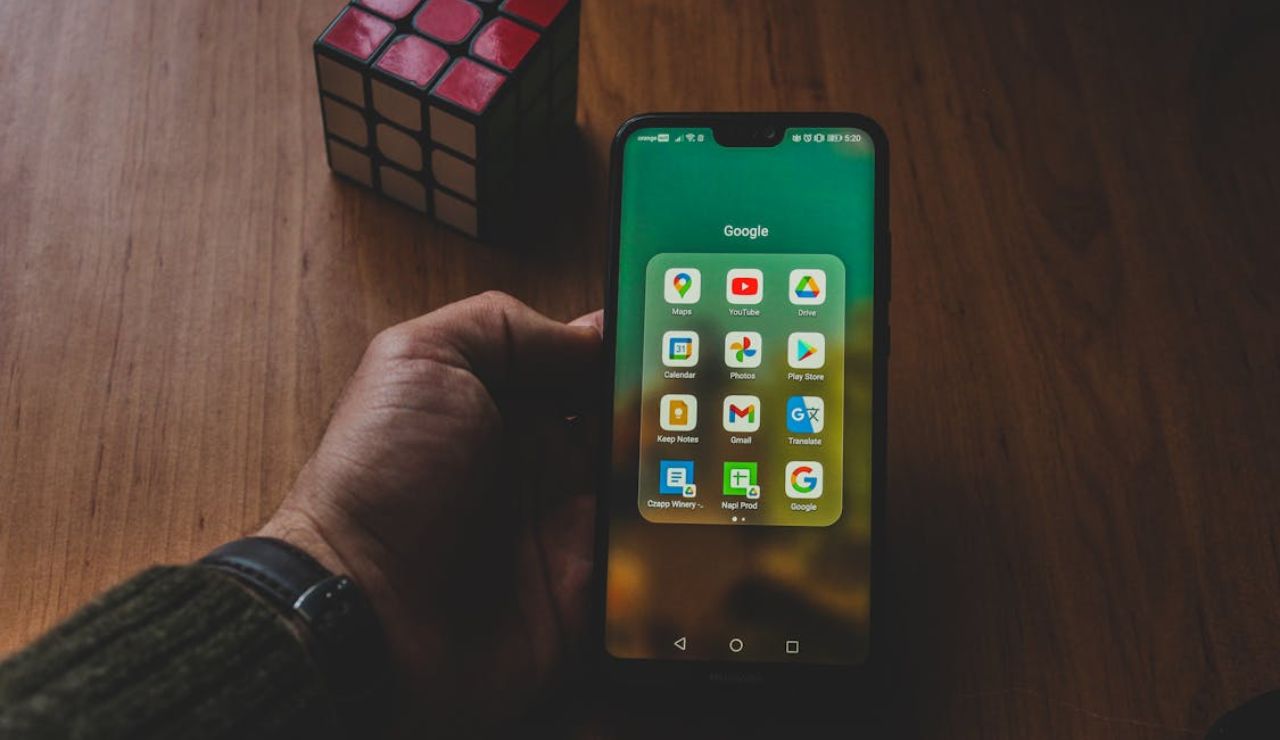
Before heading out, download offline versions of essential apps like Google Maps, Citymapper, language translators, and currency converters. These tools work without data and can be a lifesaver in areas with weak signals. You’ll still be able to navigate cities, find restaurants, and translate menus, all while preserving your data. This step is especially useful when you’re in transit or visiting rural destinations.
Share One Device for Navigation
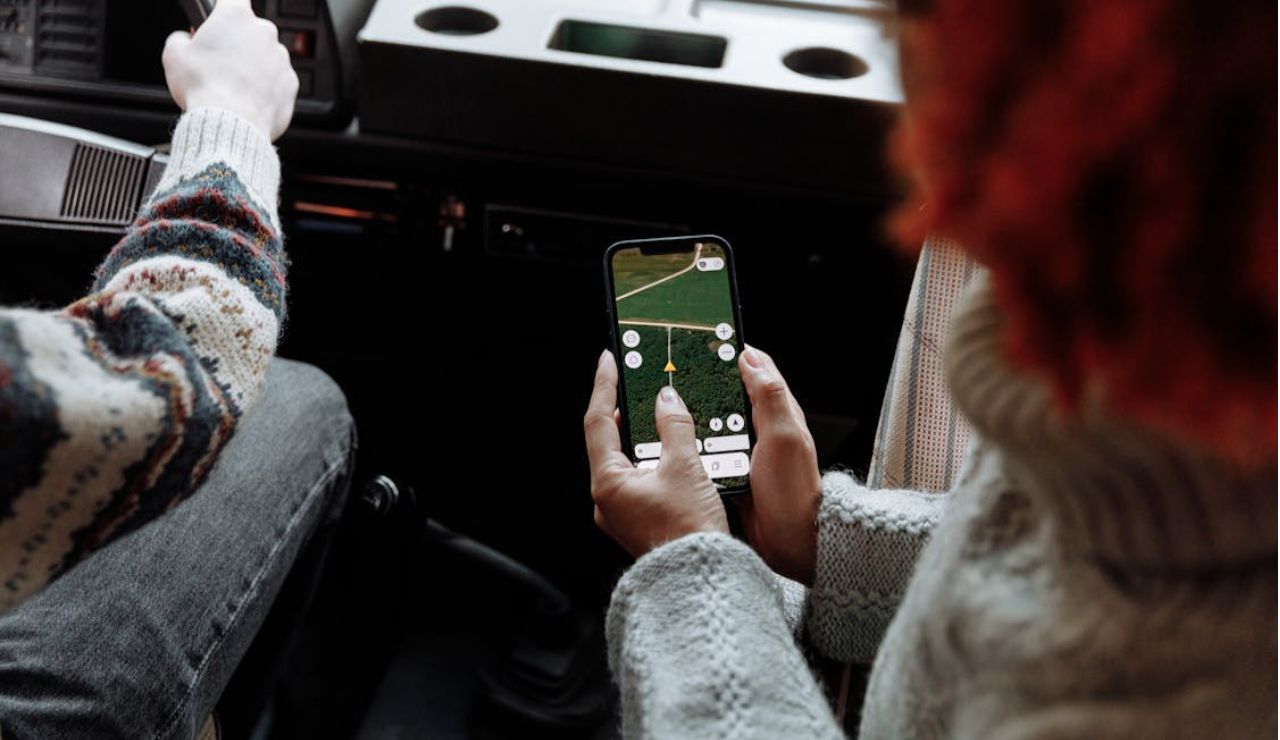
If you’re traveling with a partner, save data by using just one phone for maps and navigation. The second device can stay in airplane mode or use Wi-Fi only. It’s a small adjustment that can significantly stretch your data allowance, especially if you’re relying on GPS and route tracking. Sharing a screen also helps you stay coordinated and gives you both a better sense of direction during your travels.
Use Messaging Apps Over Wi-Fi
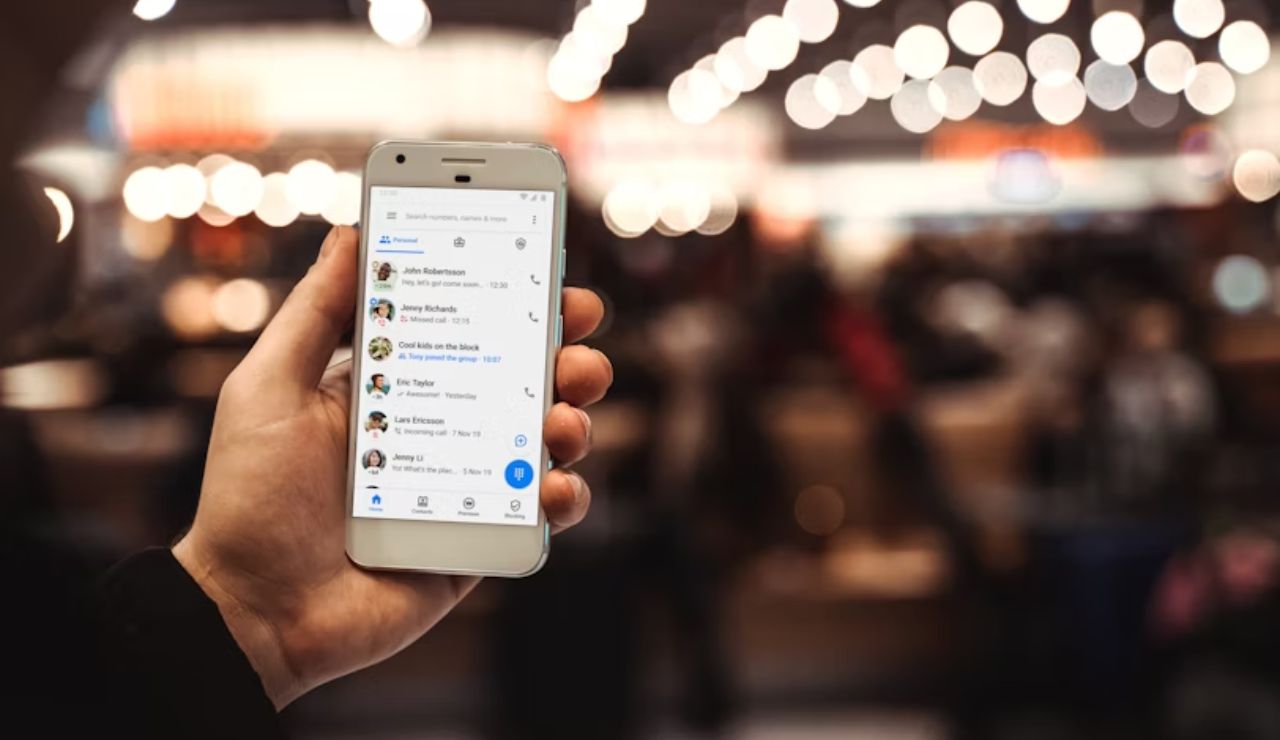
Skip international SMS fees by relying on apps like WhatsApp, Telegram, Signal, or iMessage. These platforms use Wi-Fi or mobile data to send texts, photos, and voice notes. Wait until you’re on a reliable network before sending large files or making video calls. Many apps also offer voice calls over Wi-Fi, allowing you to stay in touch with loved ones back home without any extra cost.
Limit Background Data Usage
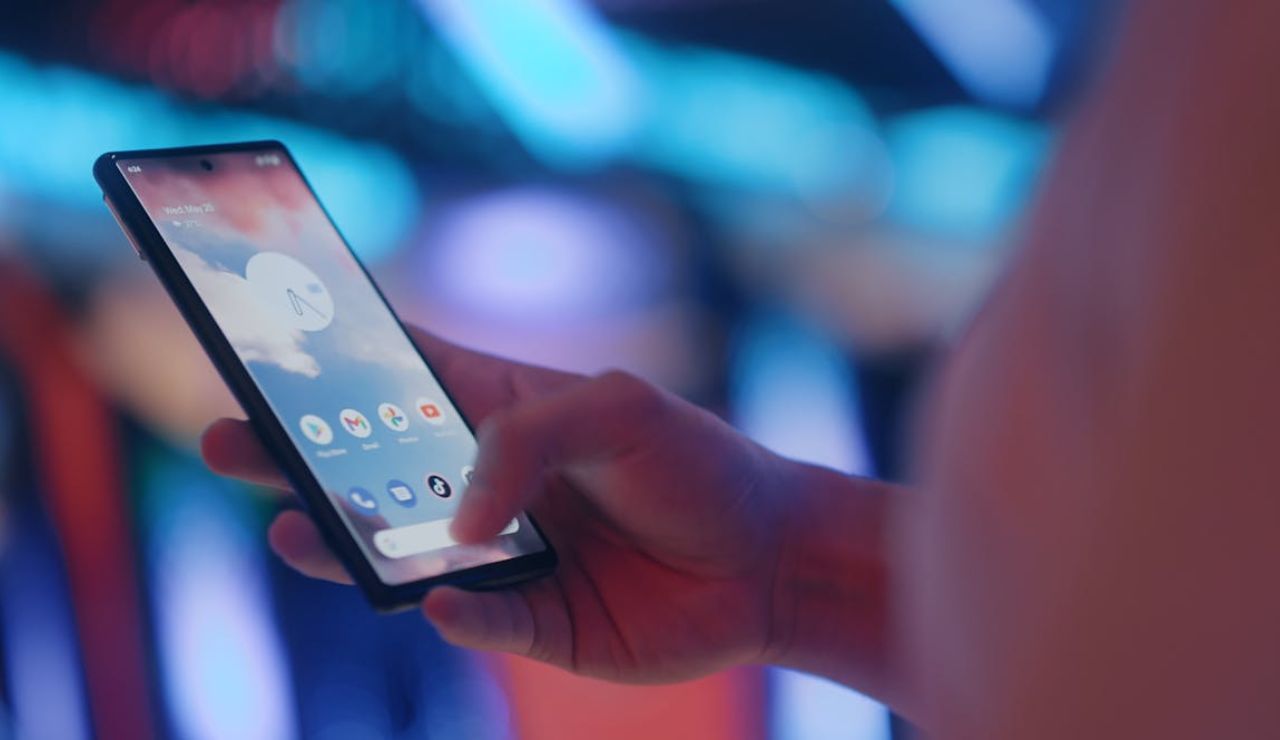
Many apps use data in the background even when you’re not actively using them. Go into your phone’s settings to restrict background activity or enable “Low Data Mode.” Disable automatic updates, photo backups, and app syncing while abroad. These small adjustments can preserve your data and prevent surprise overages. You can always re-enable services when you’re back on a strong Wi-Fi connection.
Download Entertainment Ahead of Time

Want to watch shows or listen to music while in transit? Download Netflix episodes, Spotify playlists, podcasts, or audiobooks before leaving your hotel. This way, you won’t waste data streaming media over mobile networks. It’s a smart move for long train rides, flights, or quiet downtime, and it ensures you always have something to enjoy, even without a signal.
Carry a Pocket Wi-Fi Device
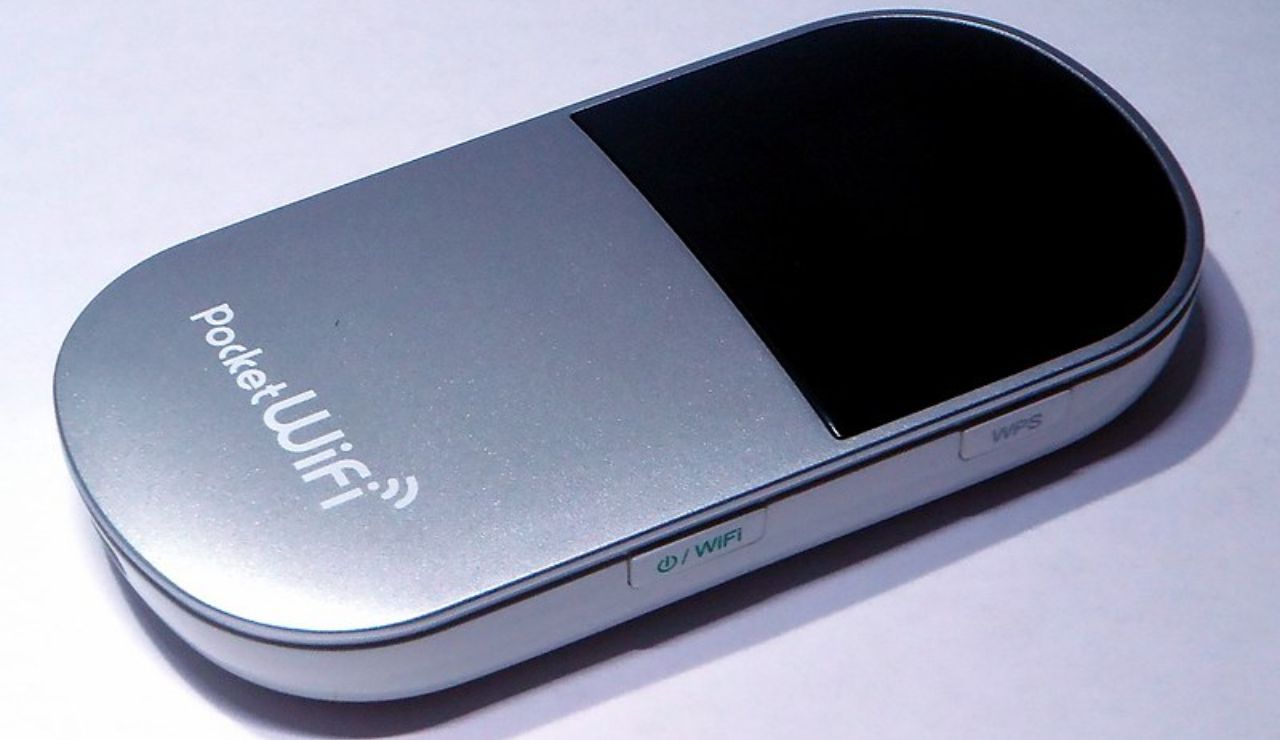
Portable hotspots or pocket Wi-Fi devices let you connect multiple devices to a single data plan. They’re great for couples or groups traveling together, especially if you need reliable connectivity for work, maps, or uploads. Many rental services offer daily or weekly rates, and some hotels even lend them out for free. Just be sure to check coverage areas and daily data caps before relying on one.
Use Wi-Fi Calling for Voice Chats

Wi-Fi calling allows you to make and receive calls using a wireless connection instead of mobile networks. It’s available on most newer phones and supported by many carriers. Whether you’re calling home or answering a work call, you won’t rack up roaming charges when connected to Wi-Fi. Just activate the feature in your phone’s settings before your trip to ensure seamless communication.
Avoid Airport SIM Card Counters
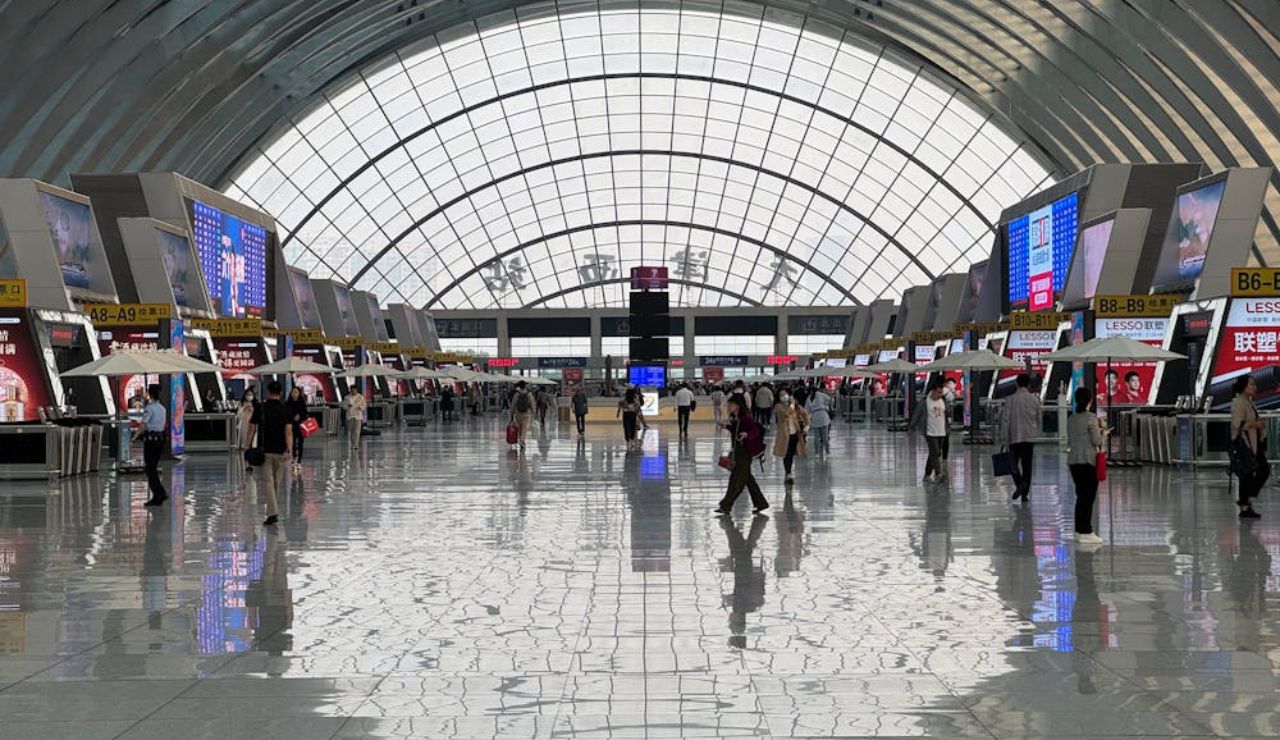
While convenient, SIM cards sold at airport kiosks tend to be overpriced and often come with smaller data allowances. Wait until you reach your destination city and visit an official mobile shop or convenience store for better deals. Locals often know which providers have the best coverage and rates. A little patience can save you a lot of money and give you a better travel experience.
Choose Accommodations With Free Wi-Fi

When booking hotels, Airbnbs, or guesthouses, always check if free Wi-Fi is included. Read recent reviews to ensure the connection is reliable, not just listed as a feature. In-room routers, strong signal strength, and unlimited bandwidth make all the difference when you’re trying to upload photos or plan your next move. Good Wi-Fi can also reduce the need for mobile data altogether.
Set a Daily Data Limit on Your Phone

Use your phone’s built-in tools to monitor and limit your daily data usage. Android and iOS allow you to set warnings or caps to avoid overages. Keeping an eye on your data helps you understand which apps use the most and when you’re nearing your limit. Staying aware of your usage is one of the easiest ways to prevent a surprise bill at the end of your trip or the month.